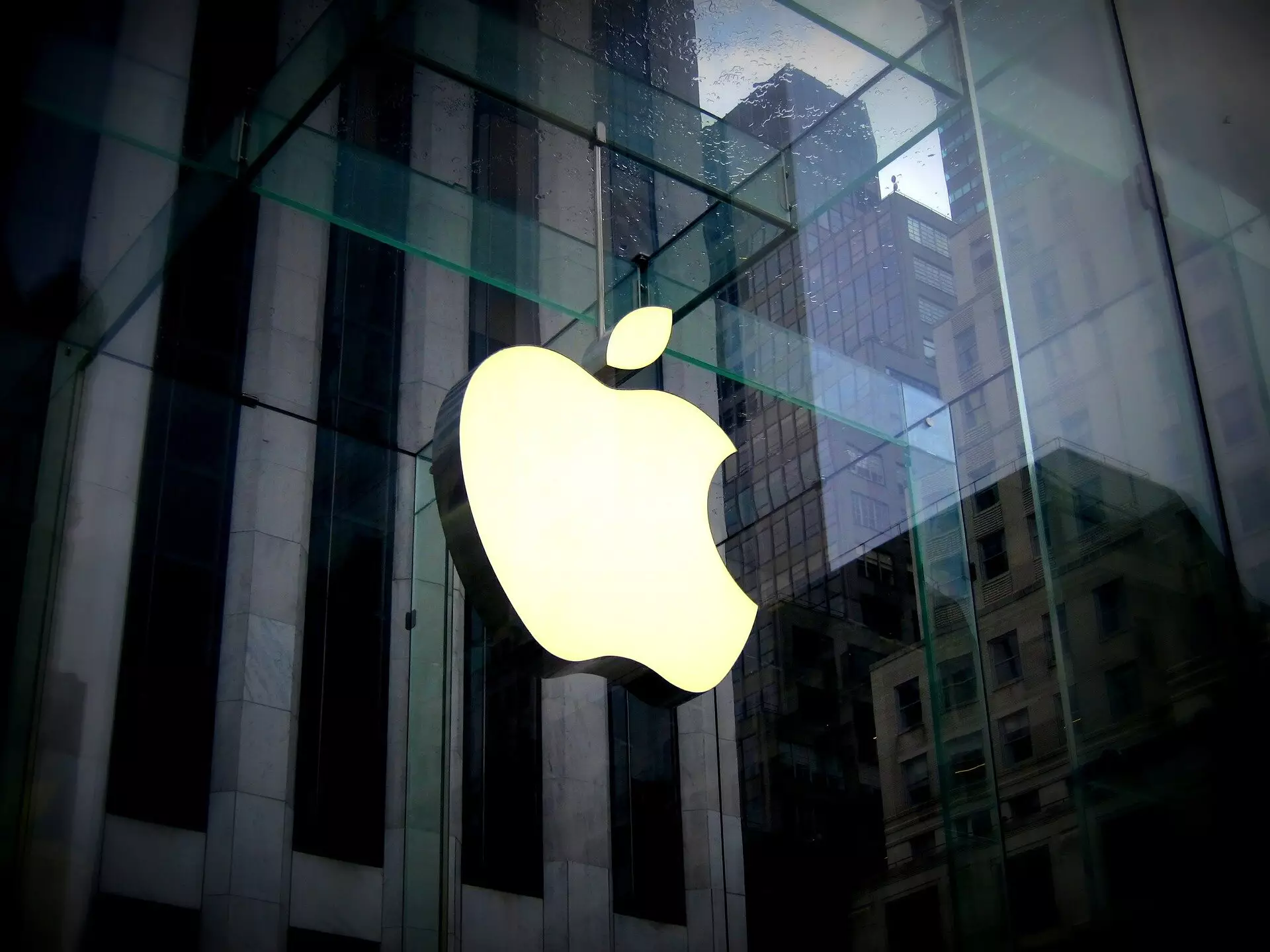Imagine the power of our smart devices being able to engage in in-depth, natural language conversations, analyze our health conditions, provide real-time translation, and even offer personalized recommendations. However, despite the advancements in AI and natural language processing, a major roadblock has been the limitations of memory in our portable devices. Apple, however, claims to have found a solution to this problem, paving the way for more powerful AI systems.
One of the primary challenges in running large language models on smartphones is the lack of memory capacity. Current devices, such as Apple’s iPhone 15 with only 8GB of memory, are inadequate for storing models that require hundreds of billions of parameters. Recognizing this limitation, Apple researchers have developed a method that allows smart devices to run efficient AI systems.
In a paper titled “LLM in a flash: Efficient Large Language Model Inference with Limited Memory,” Apple outlined their breakthrough technique. The researchers devised a method that optimizes the utilization of data transfers between flash memory and DRAM, resulting in increased efficiency.
One of the techniques employed by the researchers is called windowing. This approach reduces the amount of data that needs to be exchanged between flash memory and RAM by reusing recent calculations. By minimizing IO requests, this method not only saves energy and time but also enhances the overall efficiency of the system.
The second technique, row column bundling, involves digesting larger chunks of data at a time from flash memory. This process further increases efficiency in memory usage and contributes to reducing the overall data load.
The breakthrough achieved by Apple is significant in the context of deploying advanced large language models in resource-limited environments. By optimizing memory usage and reducing data load, Apple’s method expands the applicability and accessibility of large language models.
Apart from memory efficiency, Apple has also made strides in avatar creation. They recently introduced a program called Human Gaussian Splats (HUGS), which can generate animated avatars using just a few seconds of video captured from a single lens. This is a significant departure from conventional avatar creation methods, which require multiple camera views and longer processing times.
Apple’s breakthrough in memory efficiency for large language models holds great promise for the future of AI-powered applications on portable devices. By overcoming the limitations of memory capacity, Apple has paved the way for more advanced AI systems that can comprehend complex language queries, analyze vital signs, provide real-time translation, and offer personalized recommendations. As technology continues to advance, Apple’s innovative techniques will shape the future of AI integration in our daily lives.


Leave a Reply